
Seville is an ideal destination for culture lovers, in addition to the endless plans you can do in the city, their stories and legends are as numerous as they are beautiful and surprising. Note that its origins go back at least to the Roman city of Hispalis Founded by Julius Caesar in the XNUMXst century BC.
As if that were not enough, the Andalusian town enjoyed enormous strength in medieval times, when it was repopulated by Castilian aristocrats after being reconquered by Ferdinand III the Saint in 1248. And even more so in the time of the Habsburgs, when it became the first commercial port with the New World and the economic center of the Spanish empire. Such a rich history necessarily had to give rise to numerous mythical stories. Therefore, if you want to know the legends of Seville, we are going to tell you some of the most interesting ones.
The story of the beautiful Susona
The violent past of the city appears in this story that is part of the legends of Seville. Back in the Middle Ages, there was an assault on the Jewish quarter of Seville and, in response, the Jews conspired with the Moors to gain control of the city.
To organize the plan, they met at the banker's house Diego Suson, whose daughter was famous for her beauty throughout the area. It was called Susana Ben Suson and he had entered into secret relations with a young Christian gentleman.
Since the conspiracy was hatched at his home, he knew first-hand what it was going to consist of. The plan was to assassinate the main aristocrats of the city. And she, fearing for her lover's life, went to tell him what was up. He did not realize that, by doing so, he was endangering his family and all Sevillian Jews.
The gentleman did not take long to warn the authorities of the conspiracy, who ordered the arrest of the leaders of the plot, including Susona's father. They were hanged a few days in Tablada, a place where the worst criminals in the city were executed.
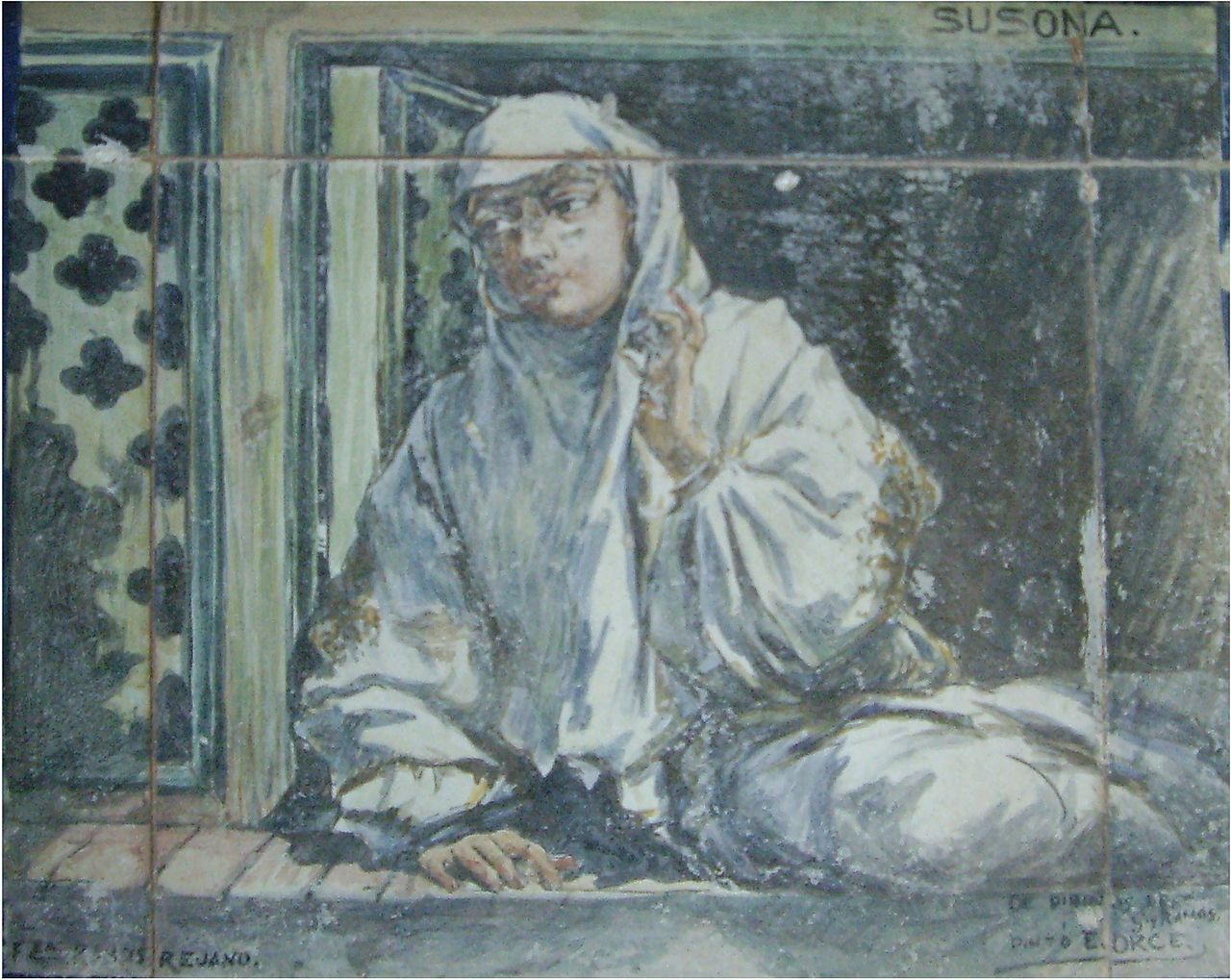
Susona represented on a tile in the María Luisa park in Seville
The young woman was rejected by her people, who considered her a traitor, and also by the gentleman with whom she had relations. And, from here, the legend offers two versions. According to the first, he asked the archpriest of the cathedral for help, Reginaldo of Toledo, who acquitted her and intervened so that she retired to a convent. On the other hand, the second says that she had two children with a bishop and, after being repudiated by him, she became the lover of a Sevillian businessman.
However, the legend is unified again at its end. When Susona died, her will was opened. He said he wished that his head was cut off and was placed at the door of his house as a testimony of his misery. You can still see today, if you go through the death street, a tile with a skull in which it would have been Susona's home. In fact, that route is also known by the name of the girl.
Doña María Coronel and the boiling oil
This legend from Seville has many ingredients of a soap opera, especially love and the desire for revenge. In addition, it takes us to the times of the reconquest of the city. Mrs. Maria Coronel She was a Castilian lady daughter of Mr. Alfonso Fernández Coronel, who was a supporter of Alfonso XI of Castile. He also married Don Juan de la Cerda, who in turn militated among the defenders of his son Henry II, when he faced his stepbrother Peter I for the succession to the throne.
For this reason, the latter assassinated don Juan de la Cerda and seized all his assets, leaving his widow in ruin. Pedro I did not know her personally, but when he saw her, he was in love with her. However, doña María Coronel was not willing to relate to the person who had ordered the assassination of her husband and entered the Sevillian convent of Casa Particular in Santa Clara.
Not even so did she get Pedro I, also called "the Cruel," to give up his attempt to have her as a concubine. Until one day, fed up with her regal stalker, she entered the convent kitchen and boiling oil was poured across the face to disfigure it. In this way she managed to get Pedro I to leave her alone.
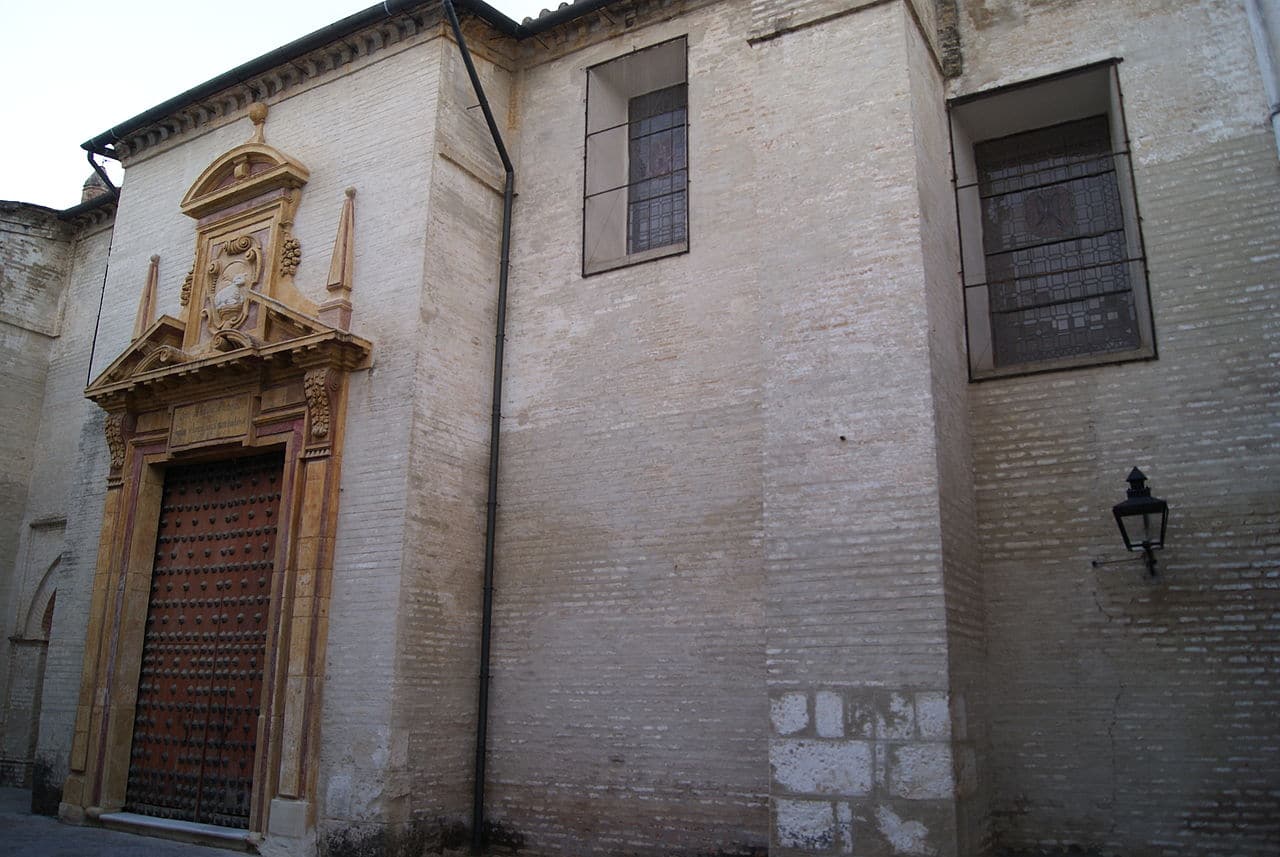
Convent of Santa Inés
He was still able to witness the death of the monarch at the hands of his stepbrother Enrique II, who returned the confiscated property to the Coronel sisters for having remained faithful to their cause. Thus, these two ladies were able to found the convent of Santa Inés in the palace that had been his father's. The first abbess would be, precisely, Doña María Coronel, who died around 1411.
The head of King Pedro I, a prominent figure in the legends of Seville
Precisely the cruel Castilian monarch also stars in many other legends of Seville. For example, the one that we are going to narrate to you. During one of his nocturnal rambles through the city, Pedro met with Count Niebla's son, family that supported Henry II, as we told you his stepbrother. The swords were not long in coming out and the Cruel killed the other.
However, the duel woke up an old woman that she peeked out with a lamp and, frightened when she recognized the murderer, returned to shut herself up in her house, not without having dropped the lamp she was carrying to the ground. The hypocritical Pedro promised the victim's family that I would cut off the head of the guilty of his death and expose it in public.
Knowing that he had been seen by the old woman, he called her into his presence to ask her the identity of the criminal. The woman put a mirror in front of the king and said "you have the murderer there." Then, Don Pedro ordered that the head be cut off one of the marble statues that they paid homage to him and that he was placed in a wooden niche. He also ordered that the box be left on the same street where the violent event had taken place, but that it not be opened until his own death.
Even today you can see that bust on the street called, precisely, Head of King Don Pedro. And, to remember this legendary fact, the one opposite, where the witness lived, is called Candil street.
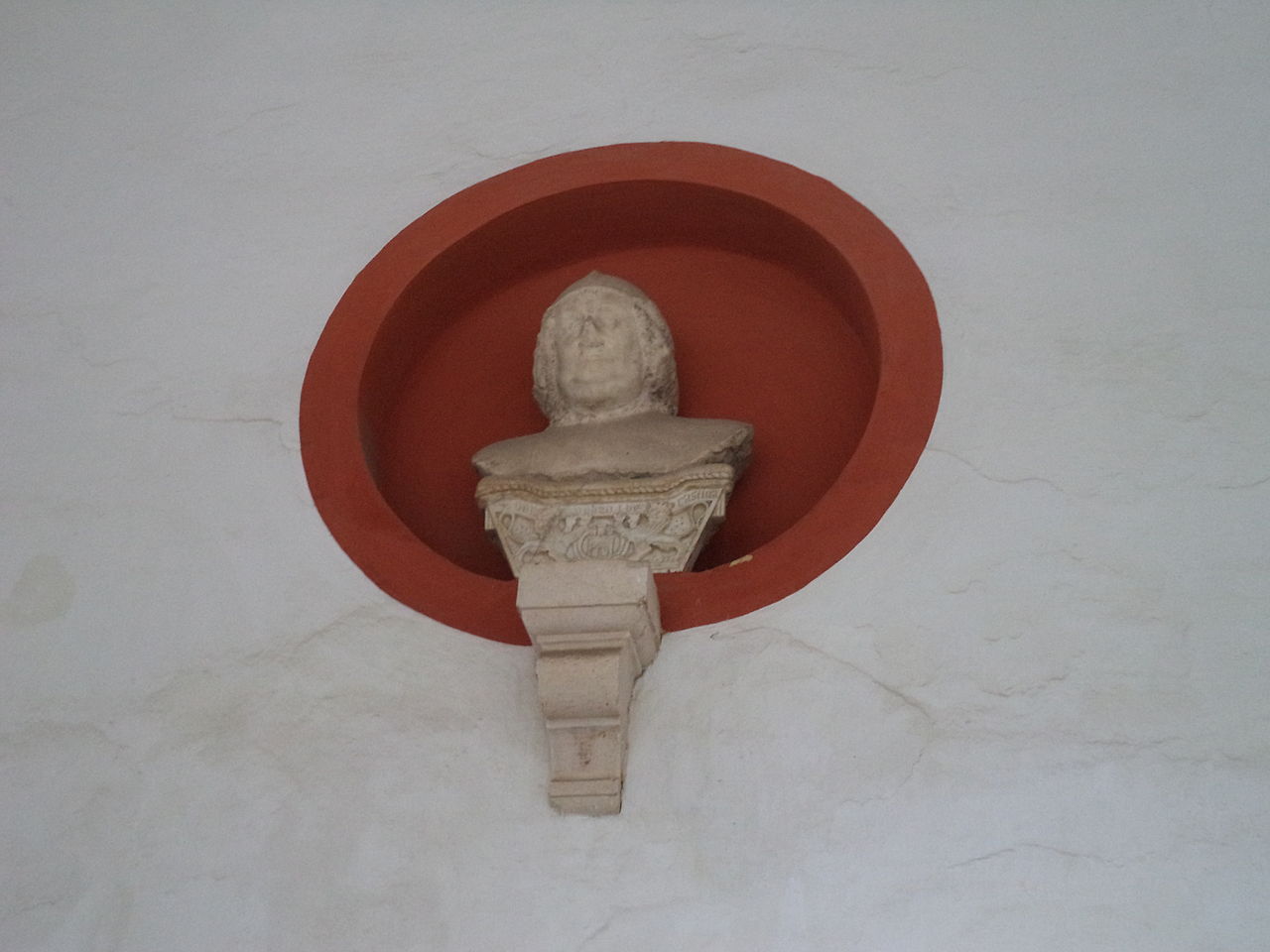
The head of King Don Pedro
The man of stone
We continue in the Middle Ages to talk about this other legend of Seville. It tells that, in the XNUMXth century, there were a tavern in the Good Face street, belonging to the neighborhood of San Lorenzo, where people of all kinds stopped.
So, it was customary that, as the Blessed Sacrament, people knelt. When a group of friends at the bar heard him approach, they went out and knelt as the procession passed. All but one. The call Matthew "the Blonde" he wanted to become the protagonist and, accusing his friends of being blessed, said loudly that he did not kneel.
Right at that moment, a divine ray fell on the unfortunate Mateo turning his body into stone. Even today you can see a man's torso in that material worn by the passage of time on Buen Rostro street, which since then has been called, precisely, Stone man.
The history of the Puppy, a classic among the legends of Seville
If you have already visited the Andalusian city, you will know very well how important it is for its inhabitants Triana puppy, name with which they have popularly baptized the Christ of the Expiration. Every Holy Week his brotherhood takes him out in procession from its basilica surrounded by an imposing atmosphere.
It cannot surprise us, therefore, that among the legends of Seville there are several that have this figure as the protagonist. One of the most popular is the one that we are going to tell you about below.
It tells that a gypsy boy named precisely Dog I passed the Barcas bridge every day from Triana, then a suburb of the city, to Seville. One of the people who saw him do that tour began to suspect that he was going to visit his own wife. That is, she had carnal dealings with him.
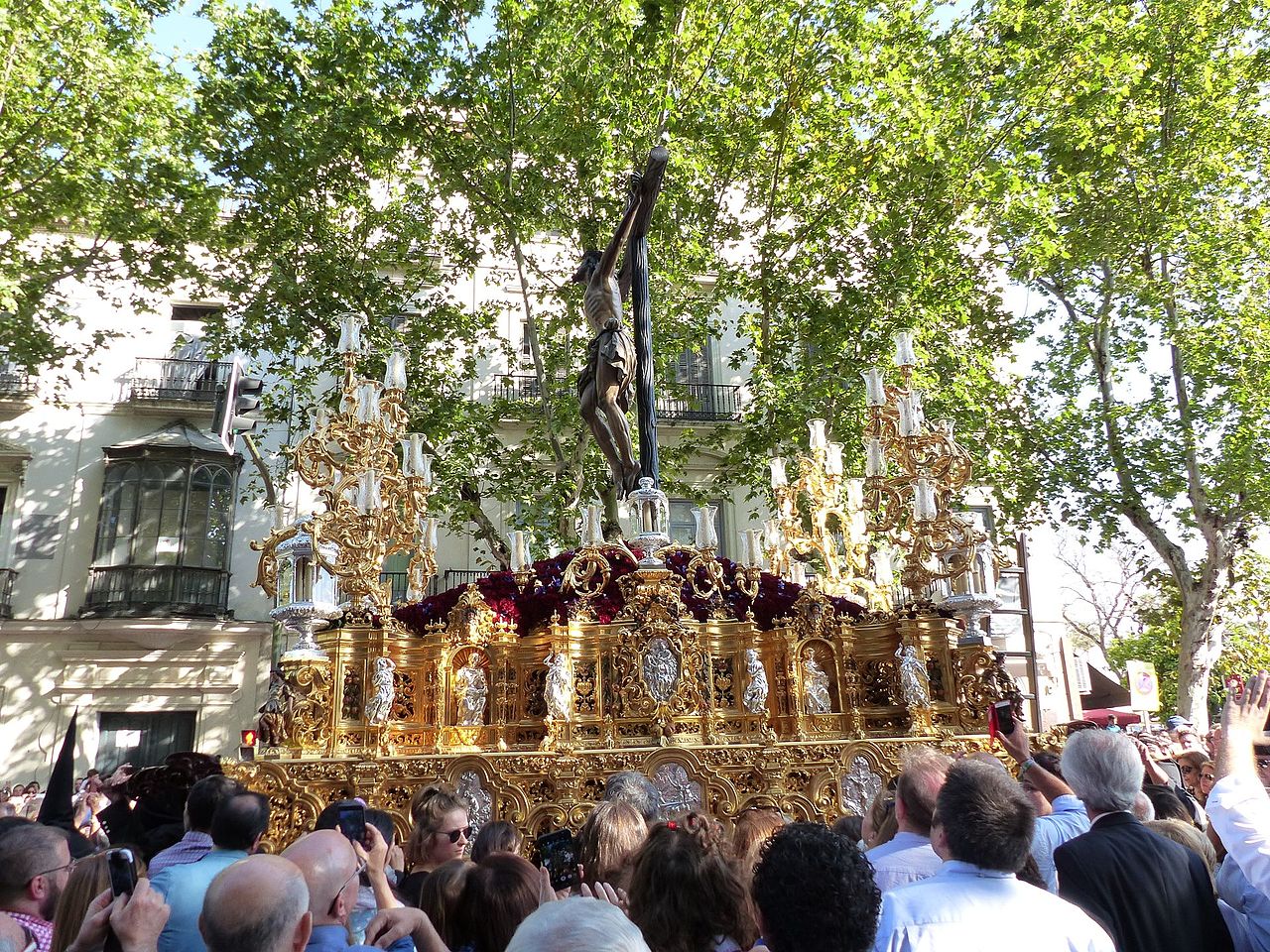
The Christ of Expiration, known as "the Puppy"
One day, he waited for him by the Vela sale and stabbed him seven times. Several people came to the boy's screams and could not avoid the attack. Among them was the sculptor Francisco Ruiz Gijon, who in the end would be the author of the figure of the Christ of the Expiration.
It is said that this, shocked by the pain of the young man, was inspired by his face to sculpt that of the famous Christ. By the way, he was not going to visit the murderer's wife, but a sister that no one knew so their meetings were secret.
The legend of Calle Sierpes
This central street is one of the most famous in Seville, but not all the city's inhabitants know the reason for its name, which is also due to a Seville legend. They say that, back in the XNUMXth century, in what was then called Espalderos street Children began to disappear for no apparent reason.
They were not heard from again and this dramatic situation caused panic among the inhabitants of the area. The then regent of Seville, Alfonso de Cardenas, not know what to do. Until a prisoner offered to solve the mystery in exchange for his freedom.
It was Melchior Quintana and he was in jail for having participated in an uprising against the king. The regent accepted and then the condemned man led him to the place where there was a huge snake about twenty feet long. It had a dagger in it and it was dead. It had been Melchior himself who had confronted her and killed her.
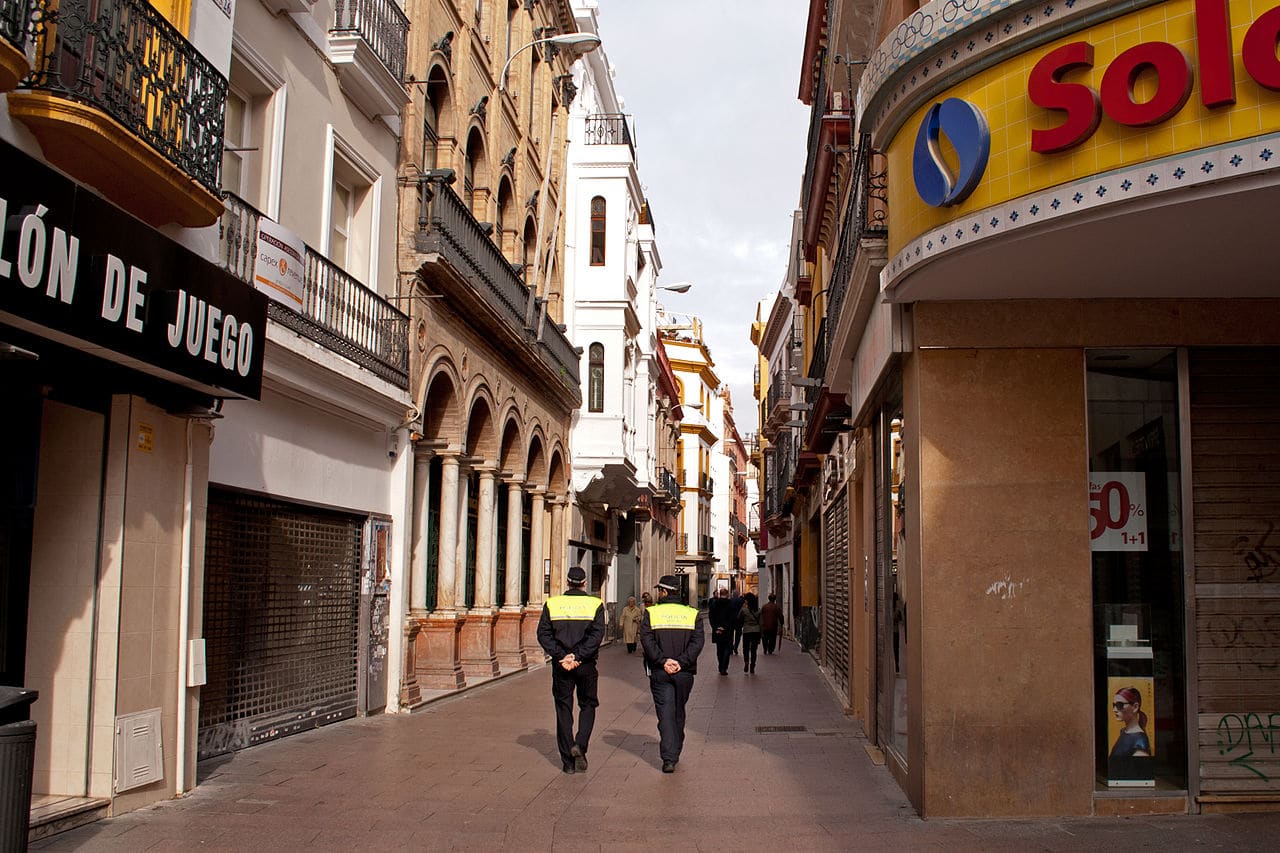
Sierpes street
The serpent or serpent was exhibited in Calle Espalderos to reassure its inhabitants. It is said that they came to see it from all the neighborhoods of the city and, since then, the street was called of the Sierpes.
In conclusion, we have shown you the most popular legends of Seville. There are many others like the Christ of the Great PowerThat of Saint Librada or that of the Saints Justa and Rufina. But these stories will be left for another time. If you are in the city, enjoy it. We leave you in this link a list with excursions you can do from Seville in case you have time to explore the surroundings, you will not regret it!